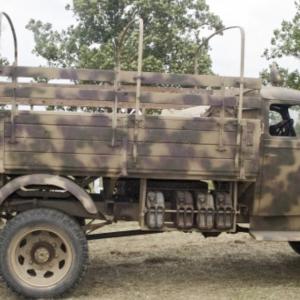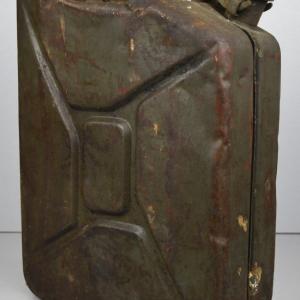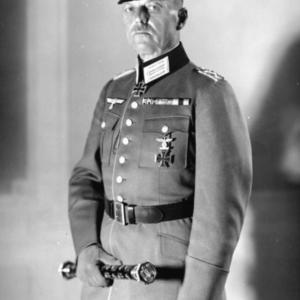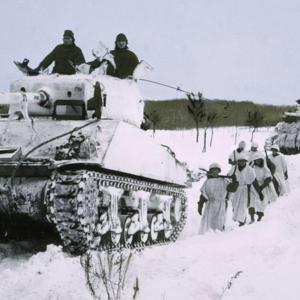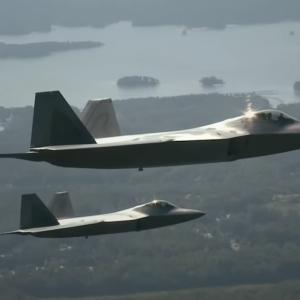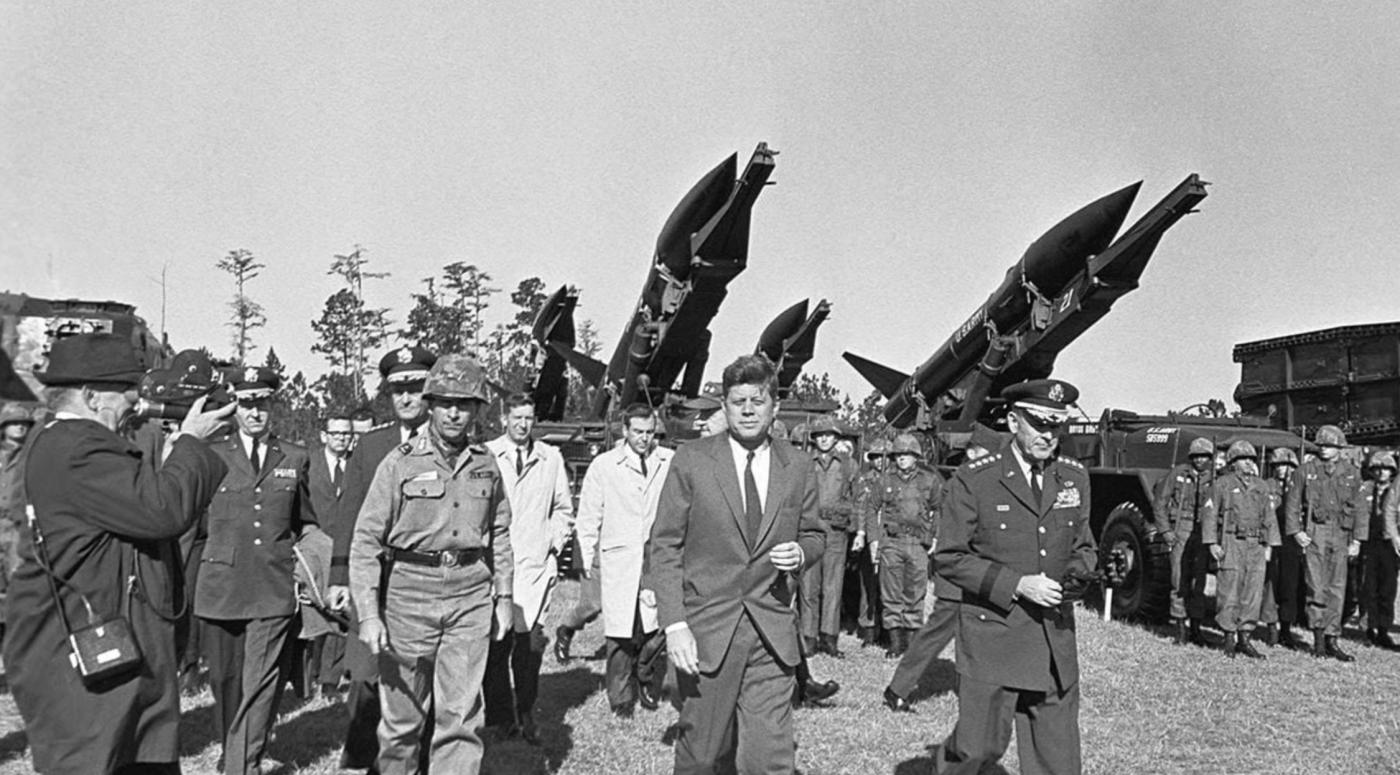
Cuban crisis ends
The Cuban Missile Crisis ended on 28th October 1962, after thirteen days of intense tension between the United States and the Soviet Union. It was the closest the world ever came to nuclear war during the Cold War. The crisis began when American spy planes discovered Soviet nuclear missiles being installed in Cuba, just 90 miles off the coast of the United States.
Soviet leader Nikita Khrushchev had placed the missiles in Cuba to protect the island from a possible U.S. invasion and to counter the U.S. missiles already based in Turkey and aimed at the Soviet Union. When U.S. President John F. Kennedy was informed of the missile sites on 15th October, he and his advisers began urgent discussions on how to respond.
Kennedy decided not to attack Cuba immediately but instead announced a naval blockade, calling it a “quarantine,” to stop more Soviet weapons from reaching the island. He made this public in a televised speech on 22nd October. The world watched nervously as U.S. and Soviet ships moved closer to confrontation in the Caribbean.
Over the next few days, intense negotiations took place between the two superpowers. On 26th October, Khrushchev sent a message offering to remove the missiles from Cuba if the United States promised not to invade the island. A day later, he sent a second message demanding the U.S. also remove its missiles from Turkey.
Kennedy chose to respond only to the first message. He publicly agreed not to invade Cuba and privately assured the Soviets that the U.S. would remove its missiles from Turkey within a few months, though this part of the deal was kept secret at the time.
On 28th October 1962, Khrushchev announced on Soviet radio that the missiles in Cuba would be dismantled and returned to the USSR. In exchange, the United States promised not to invade Cuba. This peaceful resolution brought the crisis to an end.
In the weeks that followed, the Soviet missiles were removed under the supervision of the United Nations. The U.S. quietly removed its missiles from Turkey in early 1963. To prevent future crises, a direct communication line, called the “hotline,” was set up between Washington and Moscow. The crisis also led to more efforts toward arms control, including the signing of a nuclear test ban treaty the following year.

